
Introduction
It is a tremendous challenge to write about a revival which lasted about 50 years. Such a move of God will have multiple locations, individuals, and stories, all intermingled. On top of that is the major political and social climate associated with colonialism, and the withdrawal of those colonial powers.
To write a concise and brief story, as we always do, will require many aspects of the revival to be left out. For the student who wants a broader picture, please see the “Sources” at the bottom of this post.
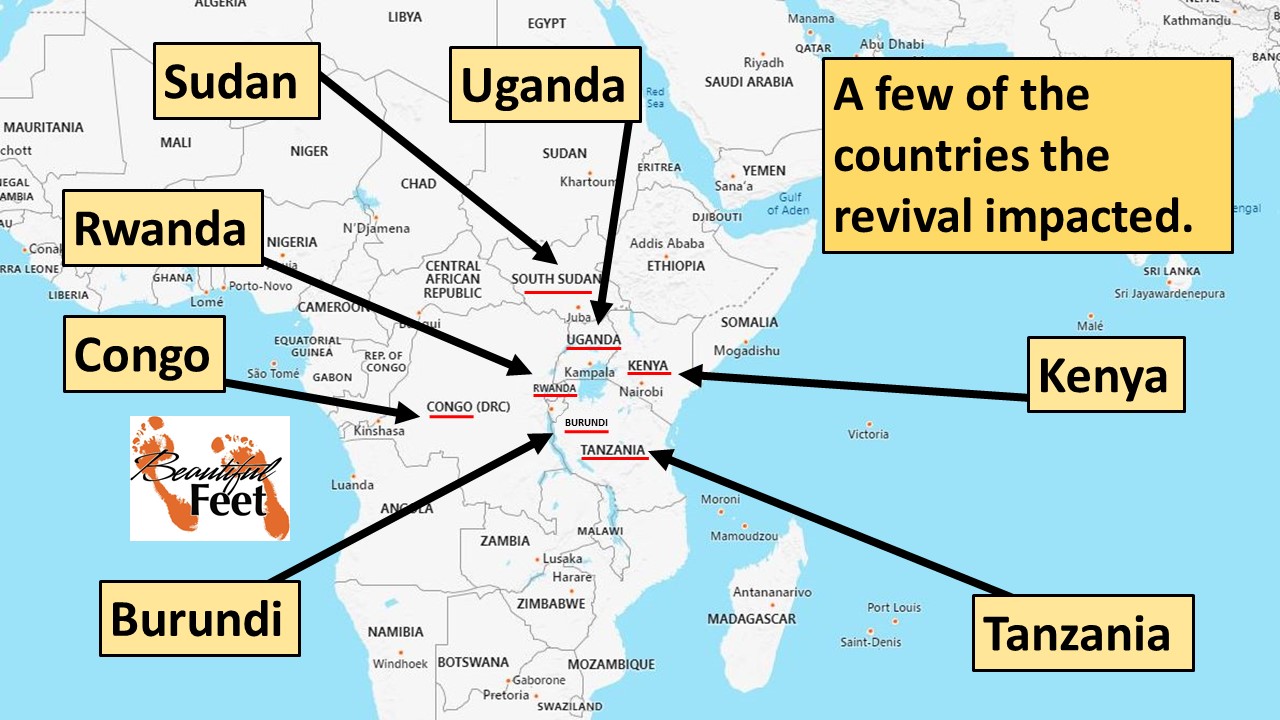
A Few of the Prominent Individuals During the Revival
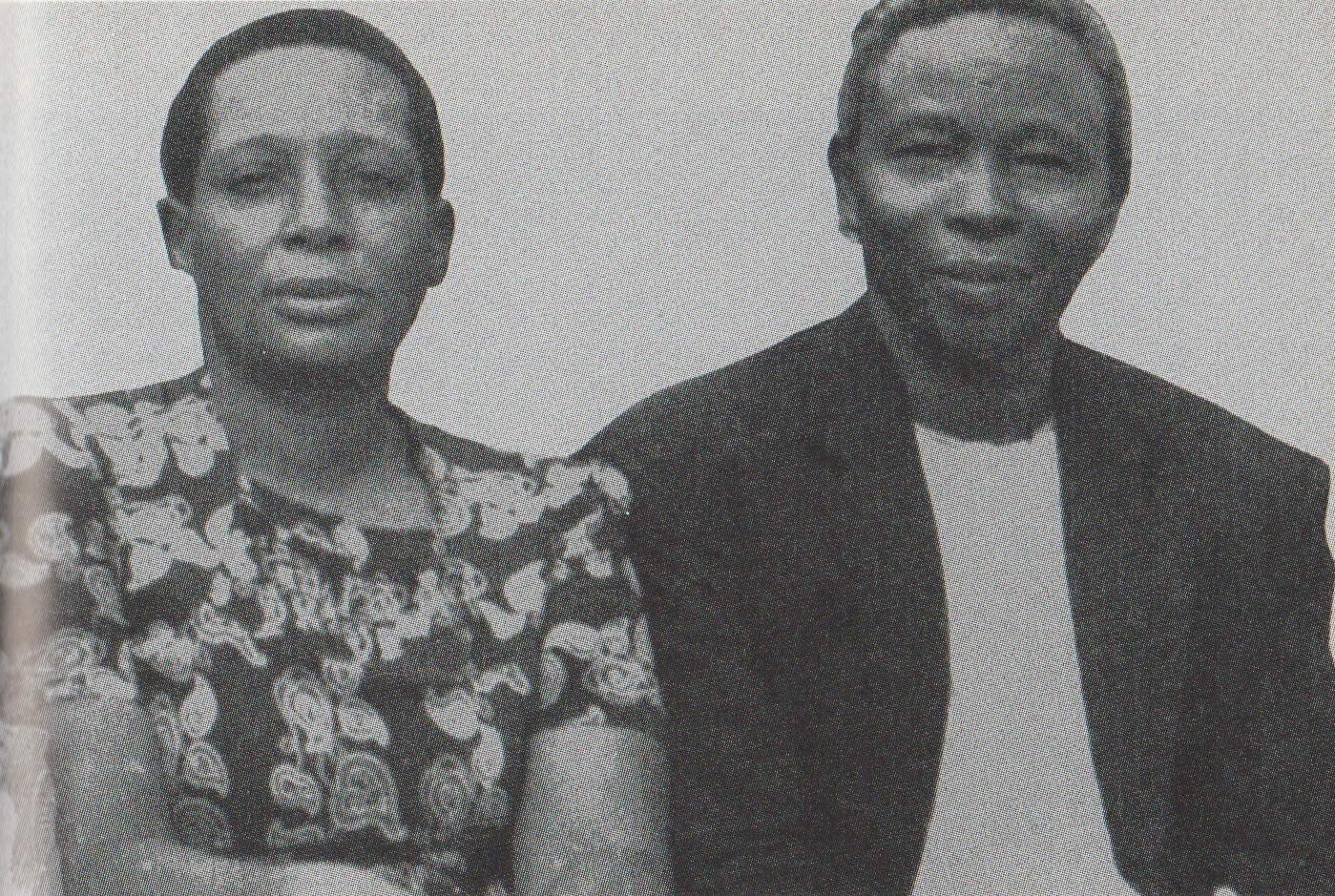
Simeoni Nsibambi (1897 – 1978), and wife Eva
He has been regarded by some as the father of the revival.
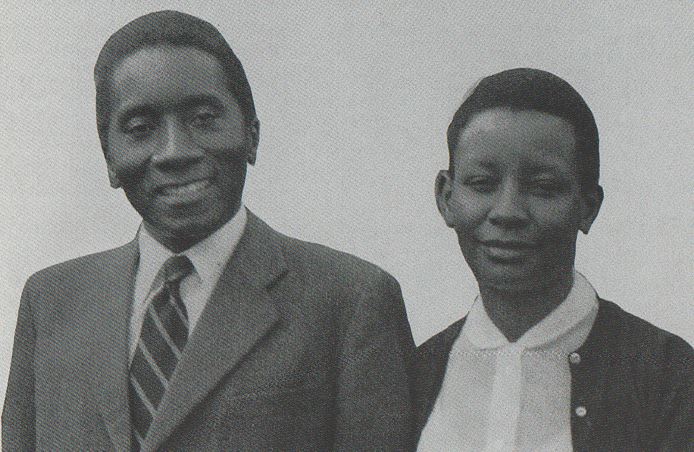
William Nagenda (1912 – 1973), and wife Sala
He was a teacher in Gahini, Rwanda, who emerged as the most prominent and dynamic preacher during the revival.
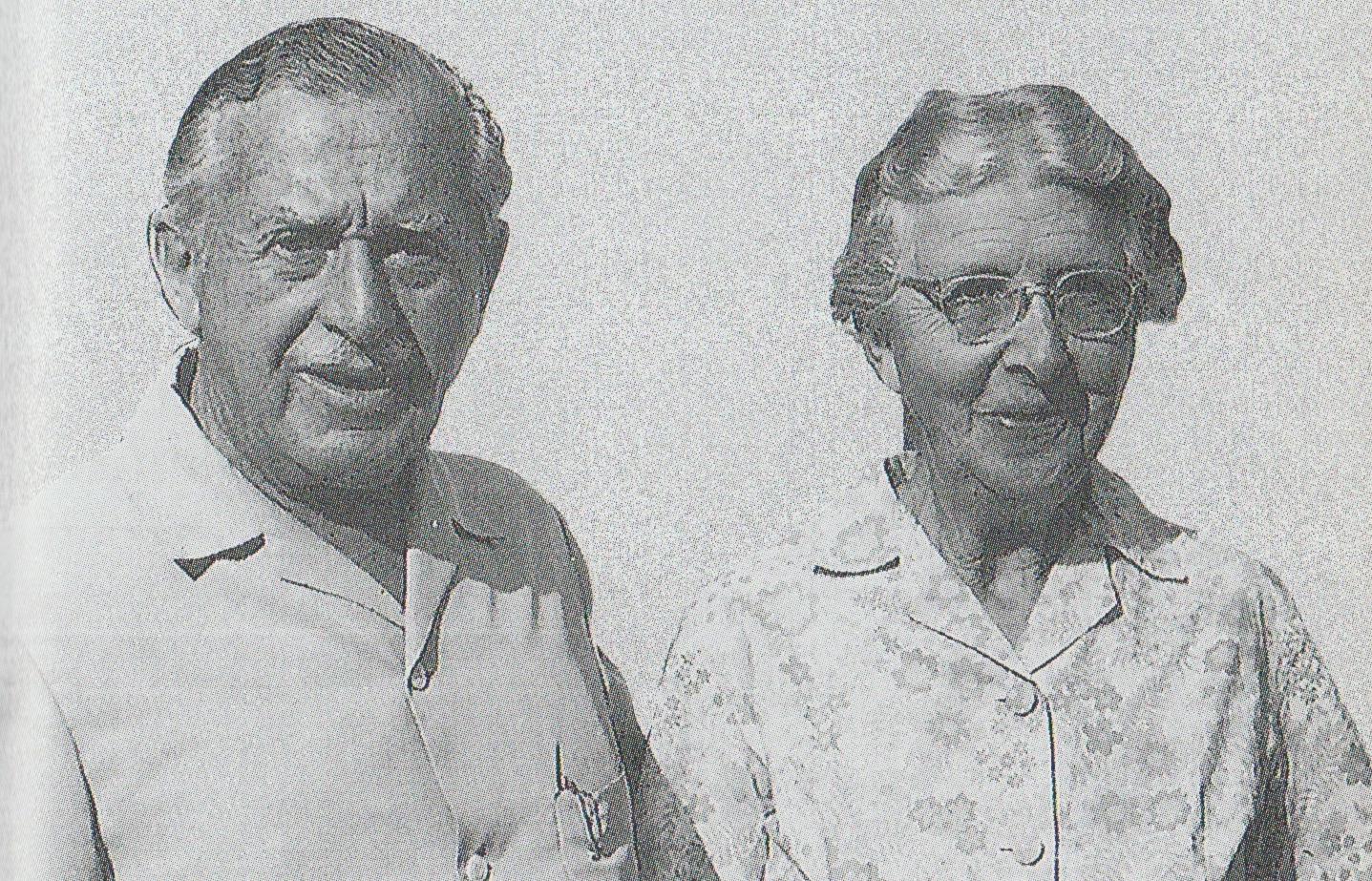
Dr. John “Joe” Church (1899 – 1989), and wife Dr. Decie Church
He was a British medical missionary doctor who, after 5 months in Kabale, Uganda, learning the Kinyarwanda language, arrived at Gahini, Rwanda, in June of 1928, to work at the Gahini Hospital. The hospital was associated with the Rwanda Mission of the Church Missionary Society. Church later went on to become a significant leader in the revival, using his influence in mission circles, in both Europe and Africa, to forward the movement.
Spiritual Climate in the Anglican Church in Uganda and Rwanda
The revival in east Africa was primarily centered in the Anglican Church of Uganda, but it spread to other denominations and independent churches. The Church of Uganda had experienced a revival in the late 1800s, but by the late 1920s the fires of revival had died out and the second generation African converts in the 1930s were faced with a stagnant, dry, and ritualistic church. This was also the condition of the church leaders and missionaries, as many of them had embraced liberal theology.
In addition to the spiritually dry majority, many of those who attended the church services were worshiping evil spirits, involved in witchcraft, and had polygamous marriages. People were allowed to live in sin and at the same time allowed to partake of communion at the Lord’s Table. Christianity became nothing but a gloss to cover it all up.
About this condition, the British medical missionary, Joe Church, said:
The only difference between pagans and Christians was that pagans sin openly and Christian hide it.
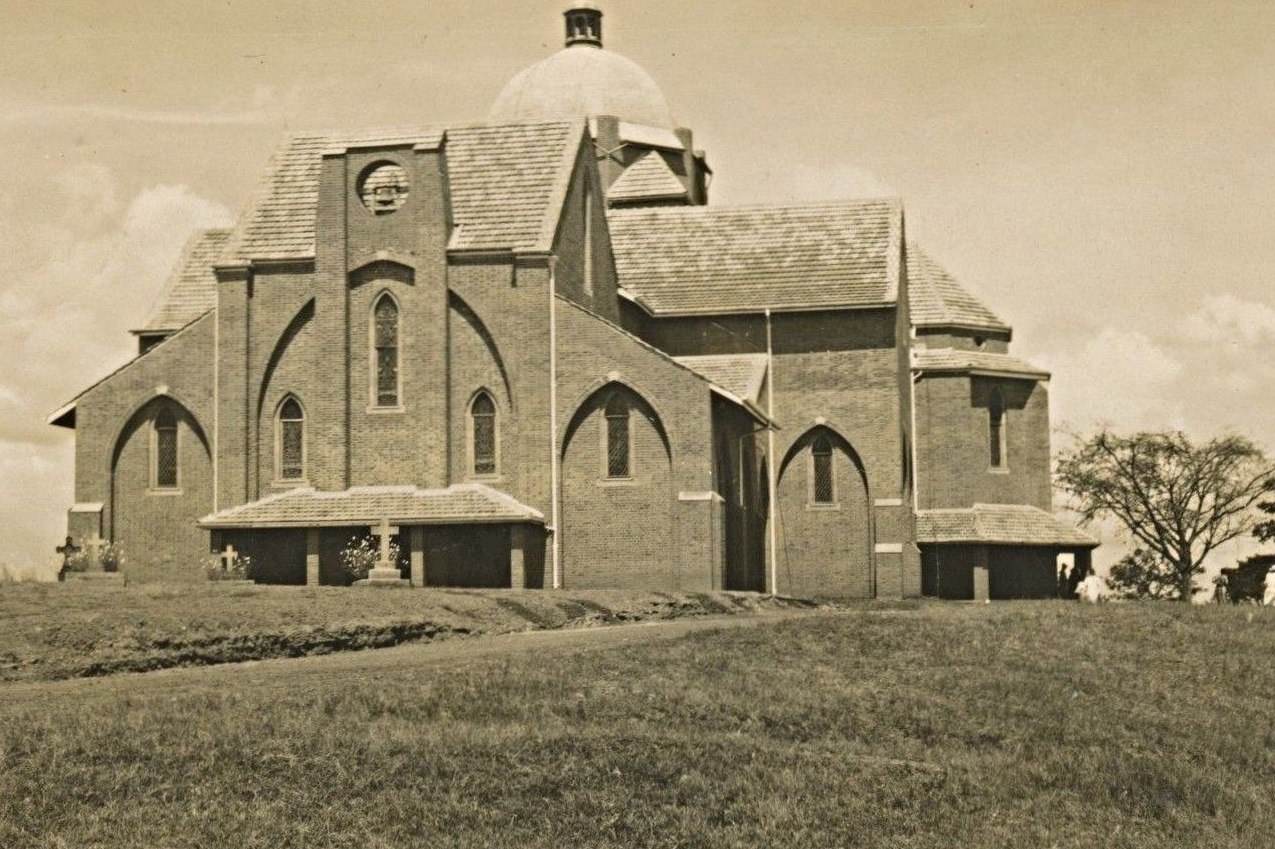
Saint Paul’s Cathedral Namirembe, in Kampal, Uganda
Africans and Europeans Unite (Joe Church and Simeoni Nsibambi)
Joe Church, like many who worked in the Rwanda Mission, was an Anglican who had deep roots in the “Higher Life Movement” teaching of the British Keswick Convention, and was openly critical of the spiritual state of the Church of Uganda. In addition to his disappointment with the Church’s spiritual compromise with Scripture, Church was feeling the pressure of having served two years at the Gahini Hospital in Rwanda, and needed rest.
To get that rest, he traveled to Kampala, Uganda in September 1929 and stayed with missionaries on Namiremebe Hill.
On a Sunday at the Namirembe Cathedral, Church engaged in conversation with an African man, Simeoni Nsibambi, a young Christian leader. Church and Nsibambi discussed their mutual dissatisfaction with the spiritual state of the Church of Uganda
Church wrote in his diary about that meeting, which he said changed his missionary career:
Yesterday a rich Muganda . . . in government service rushed up to me at Namirembe and said he had heard me speaking . . . about surrendering all and coming out for Jesus. He said he had done so, and had great joy in the Lord, and had wanted to see me ever since. And then he said in his own words that he knew something was missing in the Uganda Church and in himself, what was it? Then I had the great joy of telling him about the filling of the Spirit and the Victorious Life.
Nsibambi and Church met together soon after, to search the Scriptures about the infilling of the Holy Spirit. Their earnest prayer and Bible study paved the way in their lives for “the power of Pentecost.”
This is a quote of Joe Church, describing his filling of the Spirit:
I have often referred to this time in my preaching in later years as the time that God in his sovereign grace met with me and brought me to the end of myself and thought fit to give me a share of the power of Pentecost. There was nothing very spectacular, nothing ecstatic… The only special gift is the experience of the transforming vision, of the risen Jesus himself.
Nsibambi was markedly changed by his encounter with the Holy Spirit, giving up his public health job to devote all his time to preaching and renewal. Upon Church’s next visit to Kampala, an irate missionary there demanded,
What have you done to Nsibambi?
Church inquired what the problem was. She replied,
Oh, he’s gone mad and is going around everywhere asking people if they are saved.
She insisted Africans were not ready for this new teaching about sanctification and the Holy Spirit.
That meeting of Church and Nsibambi was a merging of the African and European, which paved the way for the future revival’s power to draw heavily from both worlds.
The revival that began in the hearts of Joe Church and Simeoni Nsibambi spread through the entire staff of the Gahini hospital, culminating in the conversion of Yosiya Kinuka, who, along with Nsibambi’s brother, Blasio Kigozi, formed one of the first evangelistic teams of the revival. With the formation of evangelistic teams, the revival spread from personal dedication to evangelistic zeal.
The Developing Revival
Even with many at the Gahini Hospital being nominal Christians, Church and others began praying for and witnessing to those hospital workers, and the revival began to emerge in 1933 without any spectacular signs. Instead of the revival being based on European and American large-scale church services, being led by famous preachers, the East African Revival began primarily as a small group of fellowship meetings in homes and villages, in which all participants shared freely their testimony of being filled with the Holy Spirit.
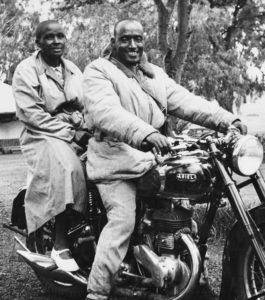
Yosiya and Dorokasi Kinuka
Evangelistic Teams
Yosiya Kinuka and Blasio Kigozi began calling the African Christians at Gahini to a true repentance and conversion such as they had themselves experienced. By February 1932 Joe Church could report:
We have seen teachers who at one time were always weak and grousing, now suffering persecution and hardship gladly for Christ. We have seen many cases of senior Christians who at one time thought little of slipping a few of our francs or other things into their pockets when no one was looking, coming up voluntarily to confess and restore the things …. Above all I can say, without the slightest shadow of doubt, that I have seen Africans truly saved and living really changed lives. I have learnt that at heart the African is by no means such a child as he is made out to be, and that his sense of sin, his need, and his spiritual experiences are the same as our own.
Extraordinary Prayer
From the beginning of 1936 the Kigezi region of southwestern Uganda began seeing revival spread from village to village. Seeing the enormity of the task of keeping the revival alive, spreading it further, and tending to the harvest, Joe Church wrote a pamphlet in April 1936 titled Call to Prayer. He wrote another one later in the year titled Victorious Praying. These documents were sent to many parts of the world, generating power through the prayer of God’s people. From that time forward the fires of revival began spreading faster, resulting in the conviction of sin at Gahini, Kabale, Shyira, Kigeme, Buhiga, and Matana. The fires of revival also leaped to the surrounding nations of Burundi, Kenya, and Tanzania.
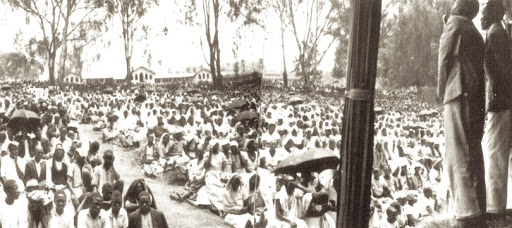
Kabale, Uganda: 1945
Revival’s Heat Increases
As revivalists preached, many repented, and this gave birth to a new kind of African Christian—the abaka (those on fire). At Gahini, the revival had now fully emerged.
It was then that teams of revivalists carried the flame through the region, as well as to neighboring countries. These abaka were also called the balokole (the saved ones). The name balokole was initially a term used in mockery of those involved in the revival but gradually took on a meaning that described the people and the movement itself (The Balokole Revival).
Struggle to Maintain Unity
The revival had an ongoing struggle to maintain unity. Areas of challenge were:
► Cooperation between liberal /progressive missionaries and church leaders, and the evangelical arm of the church, with the latter wanting revival, and the former seeing the movement as mass hysteria or emotionalism.
► Between Europeans and Africans, especially in colonial Kenya, where distrust and hatred between blacks and whites was a serious issue.
► Between men and women.
► Between ethnic groups.
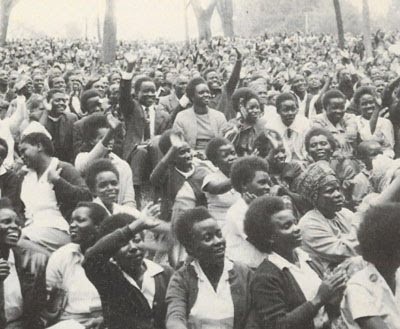
Outdoor Revival Gatherings were Common
Manifestations
Manifestations during the East African Revival were similar to those that occur in revivals throughout history. Accounts of this revival, written by the more liberal arm of the Church, as well as by those with a cessationist theology, documented the manifestations as being “excesses” or outright demonic.
Specific Accounts of the Power of God:
Joe Church wrote an account of what took place at a church in Mbarara, Uganda, on June 16,1936:
Many had gathered to meet us at Mbarara and a gathering had been arranged in the church for five o’clock. We all spoke and we made an appeal, when a thing happened that I had never experienced before. A man began to cry out and howl at the top of his voice. I was alarmed and made people sit down. The man continued weeping lying on the floor, I called him up to say what he had experienced. It was one of the most trusted Christians, a government interpreter. He stood beside me weeping and, in halting words, gave a moving testimony. He said he had a vision of Christ in the church and he saw the awful state of the lost and he was overcome with grief for his own past. He asked his friends to help him, but he could not stop crying out.
Other senior Christians came later that night and reported that they too had seen a vision of Christ in the church.
Joe Church wrote again of an account that took place on June 26, 1936, at Gahini, Rwanda:
In huts, in church, in the school and hospital were continual visitations of the Spirit in a way they never seen before. People went through experiences of dreams, visions, falling down in trances. In the Girls’ School the situation was more alarming: Four girls went to pray at 9.30 p.m. (Sunday); they were convicted of their sins and then began crying aloud. Others came in to see what was happening and, as soon as they entered the room, they too were convicted by an invisible power and started weeping and confessing their sins. This went on until 11:00 p.m. and for three days, Monday and Tuesday girls were seen scattered all over the compound weeping and collapsing. It could be explained away as being hysterical, but the girl’s lives were completely changed as a result of this experience.
Recorded Phenomena
► Prostrations
► Fainting
► Laughing
► Trembling of the body
► Dreams and Visions
► Rolling about
► Weeping, crying, screaming, emitting unintelligible utterances (speaking in tongues)
These phenomena were regarded as signs of the Holy Spirit dealing with sin in a person’s heart. It was always followed by a great release, peace, and joy expressed in singing and confession of sin. There was then a desire to give testimony in praise to Jesus Christ who had set the prisoner free.
These signs were happening all over the district, and when the Bishop of the Church of Uganda, Cyril Stuart, who was headquartered in Kampala, made a trip to investigate, he included this in his written report:
I do not think I have ever felt nearer to God than at Gahini.
On a Sunday in March, 1939, when William Nagenda and Joe Church were ministering at Kinyasano, Uganda, Joe Church reported the following:
We began the service at 10:00 a.m with a hymn, “What Can Wash Away My Sins,” and at once during the first verse, people began to weep and cry out.
When they moved to another church along the road they saw the following scene:
About a thousand people were gathered, sitting inside and outside the church. Many were prostrate, weeping and crying, while others sat quietly waiting. There was a tremendous noise, so it was impossible to have the service. Some were besides themselves with grief. In many places the floor was wet below their faces and the bodies of many were convulsed with shaking which went on and on, apparently quite uncontrollably. They had been like this for over an hour.
Music Used to Teach Christian Doctrine
With a largely illiterate population, the songs sung became the primary vehicle for communicating biblical truth. Most of the songs were culturally adapted revival hymns from the United States and Britain. The themes of the songs were focused on confession, repentance, the centrality of Jesus and his blood, the Holy Spirit, and the Church’s mission.
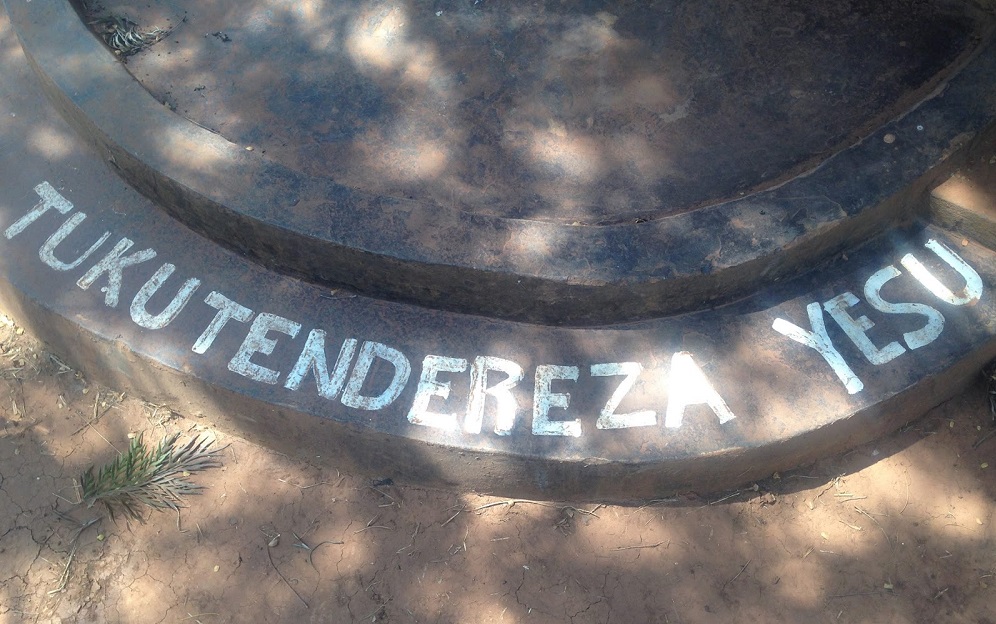
Tukutendereza Yesu
The most renowned song, sung at almost every gathering, was Tukutendereza Yesu (We praise you Jesus). The song was a triumphant revival hymn that celebrated salvation and being washed in the blood of Jesus.
Lyrics:
Tukutendereza Yesu (“We praise you Jesus”),
Yesu Omwana gw’endiga (“Jesus Lamb of God”),
Omusaigwo gunaziza (“Your blood cleanses me”),
Nkwebarza, Omulokozi (“I praise you, Savior”).
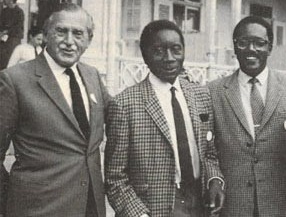
Joe Church, William Nagenda, and Festo Kivengere, on one of their European evangelistic tours. Teams like this spread the revival to other nations, including Angola, Brazil, Britain, Canada, Ethiopia, India, Jamaica, Malawi, Pakistan, South Africa, the United States, and many European nations.
Results of the Revival
► Millions of Christians had been touched by the revival and it was influential in raising up a new generation of leaders to carry the church forward—with African leadership.
► The revival, though having started with the Anglican Church of Uganda, spread to all the denominations.
► The African Rwanda Mission alone had 20,000 converts by 1942. That was in 700 village congregations.
► Today, 36% of the 30 million people of Uganda are Anglicans, and 56% are eighteen years old and younger.
► The public confession of sin was one of the pillars of the revival.
► Stolen goods were returned, ranging from money, hoes, and even razor blades.
► The revival went global in its influence. Beginning in 1946, and through the 1950s, revival teams began making ministry trips to various nations, sharing about what they witnessed during the East Africa Revival.
► Few observers expected the revival to last a generation, yet in the 1950s it triggered even more awakenings in Burundi, Sudan, Congo, Kenya, Tanzania and Uganda.
► The Holy Spirit moved upon mission schools and spread to churches and to whole communities, producing deep repentance and changed lives.
► Reconciliation: As the message of the revival was shared across denominational boundaries, members of the Methodist, Presbyterian, Moravian, Lutheran and Anglican Churches were brought together in bonds of love. Denominational barriers crumbled, seeming less significant than the unity they found in Christ. Hostility between the races also broke down. Tribal tensions were eased.
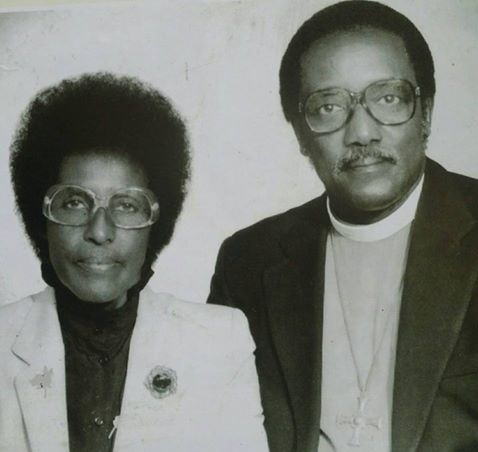
Festo Kivengere (with wife Merab) became known as the “Billy Graham of Africa,” having traveled with the Billy Graham Evangelistic Association on several campaigns.
Revival Today
The revival ran into the 1980s, but now a new revival is being prayed for, as many young people feel the Anglican Church and the churches birthed during the East African Revival have become too rigid and unresponsive to their needs. Many are joining charismatic churches outside the Church of Uganda or are rejecting Christianity altogether.
Sources
► A Gentle Wind of God by Richard K. MacMaster
► A Hunger for Holiness by Mark Shawn
► Continuous Revival by Norman Grubb
► East African Revival Movement by James Nduruma Katarikawe
► Evangelical Awakenings in Africa by J. Edwin Orr
► Fire in the Hills by H. H. Osborn
► Flashpoints of Revival by Geoff Waugh
► Quest for the Highest by Joe Church
► Revival Fires by Geoff Waugh
► Road to Revival by A.C. Stanley Smith
► The Calvary Road by Roy Hession
► The East African Revival by John Senyonyi
► The East African Revival by Richard Gehman
► The East African Revival by Ward and Wild-Wood
► The East African Revival by James Katarikawe
► The Living Legacy of the East African Revival by Herbert H Osborn
► Pioneers in the East African Revival by H.H. Osborn
► Tukutendereza Yesu—Famous song of the East African Revival
Return to List of Revival Stories
Chet & Phyllis Swearingen
(260) 920-8248
romans1015@outlook.com
Beautiful Feet
P.O. Box 915
Auburn, IN 46706

